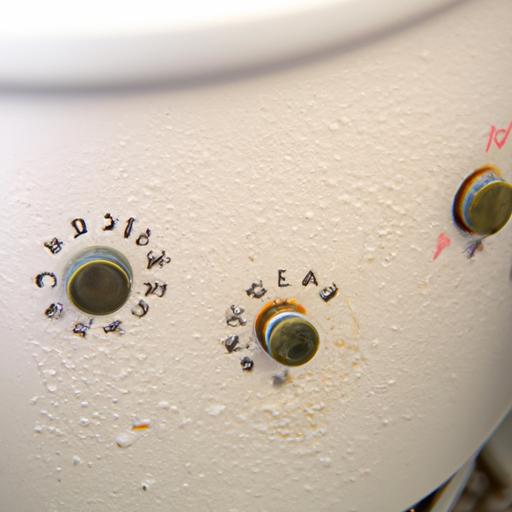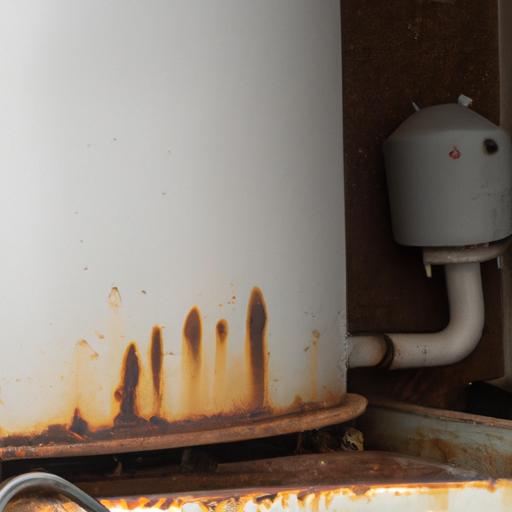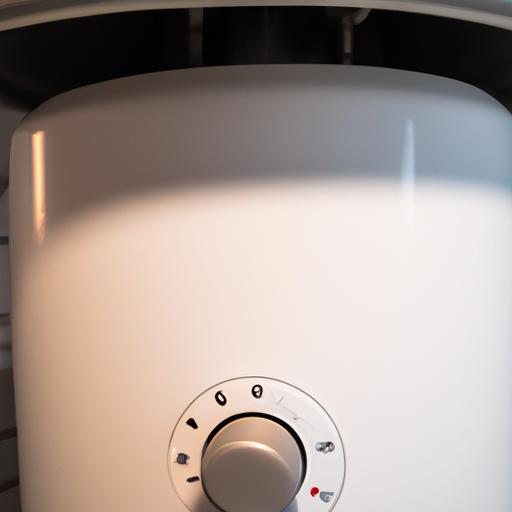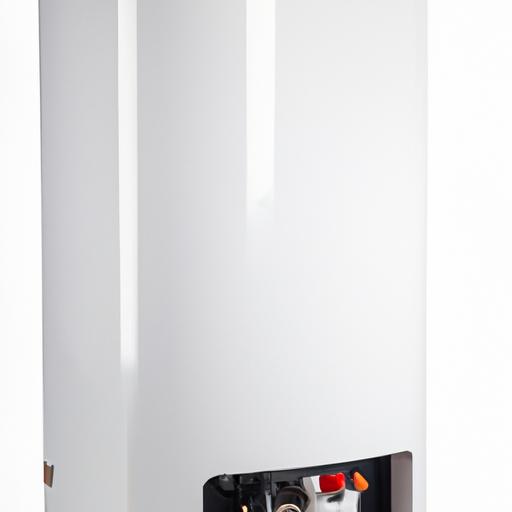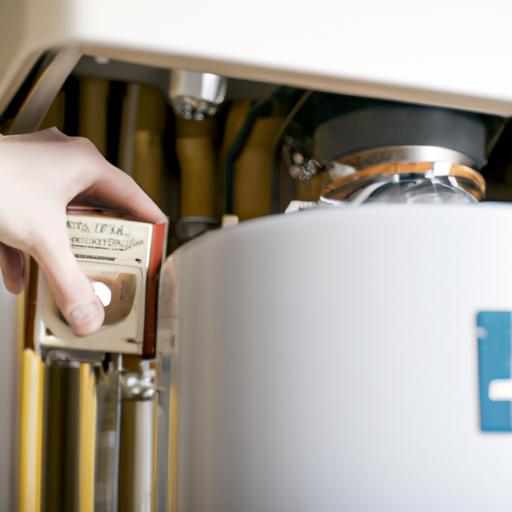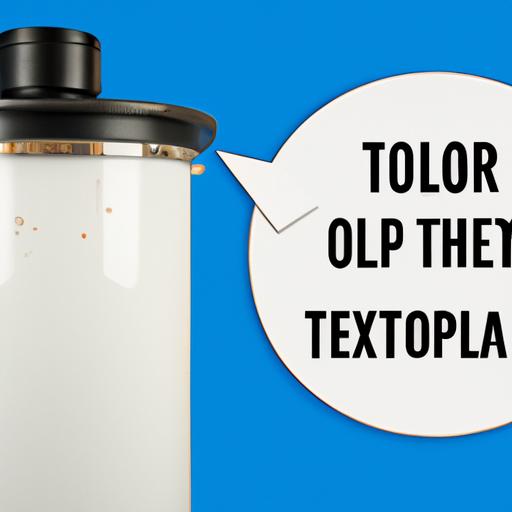How to Fix a Tankless Water Heater? When it comes to modern homes, tankless water heaters have become a popular choice due to their energy efficiency and continuous supply of hot water. However, like any other appliance, tankless water heaters can encounter problems that disrupt their optimal functionality. In this article, plumbingrepairtips.com will guide you through the process of fixing tankless water heater issues, ensuring a steady flow of hot water in your home.
A. Importance of a functional tankless water heater
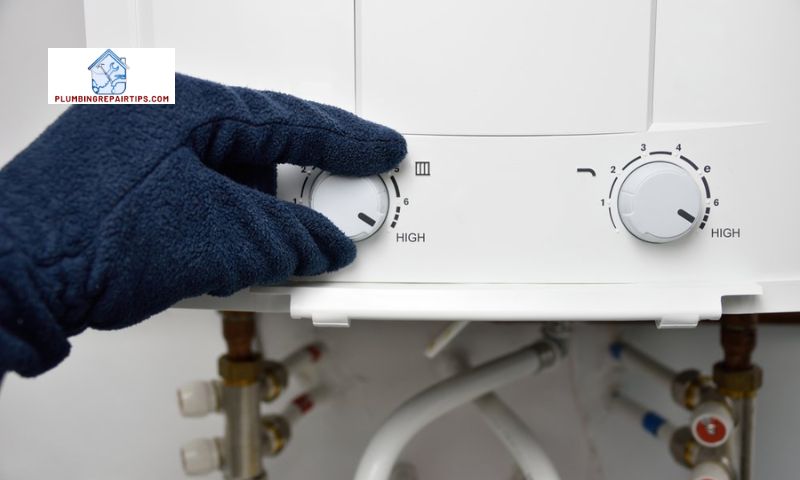
Imagine stepping into your shower, eagerly anticipating a rejuvenating experience, only to be greeted by icy water. A malfunctioning tankless water heater can quickly turn your morning routine into a chilling nightmare. A functional tankless water heater is vital for a comfortable and convenient lifestyle, providing reliable hot water whenever you need it.
B. Overview of common issues faced by tankless water heaters
Tankless water heaters, while efficient, may encounter a range of issues that hinder their performance. Some of the most common problems include insufficient hot water supply, inconsistent water temperature, ignition failure, mineral buildup, and leakage. These issues can arise due to various factors, such as improper installation, lack of maintenance, or component wear and tear.
C. Importance of fixing tankless water heater problems promptly
When faced with a malfunctioning tankless water heater, it may be tempting to delay repairs. However, procrastination can lead to further damage and inconvenience. Promptly addressing any problems with your tankless water heater ensures that you and your family have access to a reliable and uninterrupted hot water supply. Moreover, timely repairs can prevent more costly repairs or even the need for a complete replacement in the future.
Now that we understand the significance of a functional tankless water heater and the common issues that arise, let’s delve into the step-by-step process of fixing these problems and restoring your tankless water heater to its optimal performance.
Understanding the Basics of Tankless Water Heaters
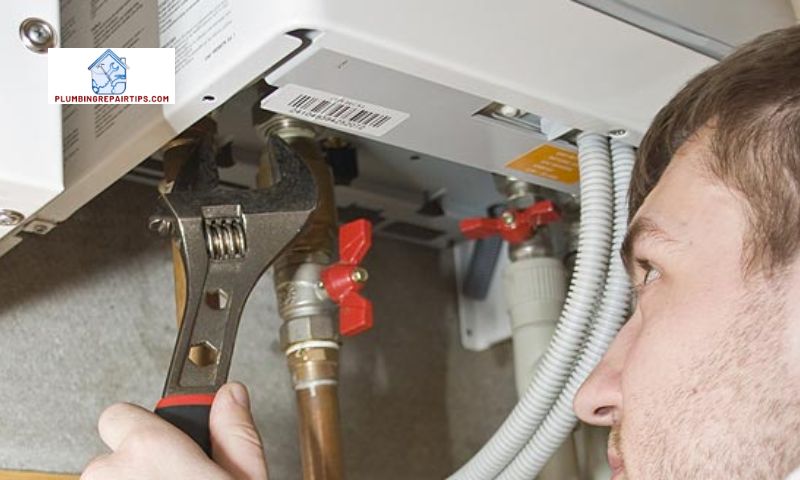
A. Explanation of how tankless water heaters work
Tankless water heaters, also known as on-demand water heaters, operate differently from traditional water heaters. Instead of storing and constantly heating a large volume of water, tankless water heaters heat water only when it is needed. When a hot water tap is turned on, cold water flows into the unit, where it passes through a heat exchanger. The heat exchanger rapidly heats the water to the desired temperature using either gas burners or electric heating elements. This efficient process ensures a continuous supply of hot water without the need for a storage tank.
B. Advantages of using a tankless water heater
Opting for a tankless water heater brings several advantages. Firstly, they provide an endless supply of hot water. With a traditional water heater, you may experience cold showers if the hot water storage tank is depleted. However, a tankless water heater heats water on demand, ensuring a steady flow of hot water for as long as you need it.
Secondly, tankless water heaters are highly energy-efficient. Since they only heat water when needed, there is no energy wasted on heating and reheating water stored in a tank. This can result in significant energy savings and lower utility bills.
Additionally, tankless water heaters are space-saving. Traditional water heaters with storage tanks can be bulky and take up valuable space in your home. In contrast, tankless water heaters are compact and can be mounted on walls or installed in tight spaces, freeing up valuable square footage.
C. Brief comparison between tankless and traditional water heaters
To better understand the advantages of tankless water heaters, let’s briefly compare them to traditional water heaters. Traditional water heaters store and heat a large volume of water in a tank, which can result in standby heat loss. This means that energy is continuously consumed to keep the stored water hot, even when it is not being used. On the other hand, tankless water heaters eliminate standby heat loss by heating water only when required.
Traditional water heaters may also run out of hot water if the storage tank is depleted, leading to inconvenient interruptions during showers or household chores. Tankless water heaters, however, provide hot water on demand and are not limited by a storage tank’s capacity.
In summary, understanding the basic functioning of tankless water heaters, their advantages, and the differences between them and traditional water heaters lays the foundation for effectively addressing any issues that may arise.
Common Problems with Tankless Water Heaters
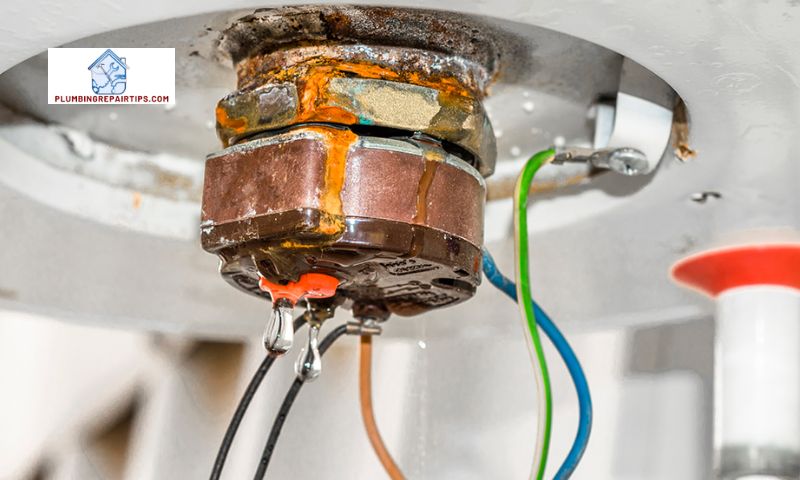
Tankless water heaters, although efficient and reliable, can experience a variety of issues that affect their performance. Understanding these common problems is crucial for effectively troubleshooting and fixing your tankless water heater. Let’s explore some of the most frequent issues encountered:
A. Insufficient Hot Water Supply
Are you finding yourself running out of hot water midway through a shower? This can be a frustrating experience, especially when multiple household members need hot water simultaneously. Insufficient hot water supply in tankless water heaters can be caused by factors such as undersized units, inadequate gas flow, or clogged water filters.
B. Inconsistent Water Temperature
Do you often experience sudden changes in water temperature while using your tankless water heater? Inconsistent water temperature can be uncomfortable and disrupt your daily routines. This problem can arise due to issues like improper installation, incorrect temperature settings, or a faulty thermostat.
C. Ignition Failure
Is your tankless water heater failing to ignite or experiencing frequent shutdowns? Ignition failure can prevent your water heater from functioning altogether. This issue may be caused by a variety of factors, including gas supply problems, ignition sensor malfunctions, or issues with the electronic control unit.
D. Mineral Buildup and Scaling
Over time, mineral buildup and scaling can occur within your tankless water heater. This accumulation can restrict water flow and reduce the efficiency of the heating elements. Hard water areas are particularly prone to this issue. The mineral buildup can lead to reduced hot water output and increased energy consumption.
E. Leakage Issues
A leaking tankless water heater can cause significant damage to your home and result in unnecessary expenses. Leaks can occur due to loose connections, faulty valves, or worn-out seals. It is crucial to address leakage issues promptly to prevent water damage and maintain the functionality of your water heater.
By identifying these common problems, you are one step closer to resolving issues with your tankless water heater. In the following sections, we will discuss the step-by-step process of troubleshooting and fixing these problems, ensuring a smooth and uninterrupted supply of hot water in your home.
Step-by-Step Guide on How to Fix a Tankless Water Heater
If you’re experiencing issues with your tankless water heater, fret not! Follow this comprehensive step-by-step guide to identify and resolve the problem, ensuring a properly functioning unit and a steady flow of hot water.
A. Identifying the problem
The first step in fixing your tankless water heater is identifying the underlying issue. Is it an insufficient hot water supply? Inconsistent water temperature? Ignition failure? By understanding the specific problem, you can take targeted actions for a swift resolution.
B. Shutting off the power and water supply
Before attempting any repairs, ensure your safety by shutting off the power and water supply to the tankless water heater. Locate the circuit breaker or fuse box and switch off the power dedicated to the unit. Additionally, close the water supply valve connected to the heater to prevent any further water flow.
C. Cleaning the system and removing mineral buildup
Mineral buildup, often caused by hard water, can impede the performance of your tankless water heater. To address this, you’ll need to clean the system and remove any mineral deposits. Follow the manufacturer’s instructions on how to flush the system or use a descaling solution to dissolve the buildup.
D. Replacing faulty parts or components
If the issue persists after cleaning, it may be necessary to replace faulty parts or components. This could include malfunctioning sensors, heating elements, gas valves, or even the entire control board. Consult the user manual or seek professional assistance to ensure proper replacement and installation.
E. Testing the repaired tankless water heater
Once you’ve completed the necessary repairs or replacements, it’s crucial to test the tankless water heater to ensure its proper functioning. Turn on the power and water supply, and monitor the system for any leaks, unusual noises, or inconsistencies in water temperature. Conduct a thorough evaluation to verify that the repairs have resolved the initial problem.
By following these step-by-step instructions, you can tackle common tankless water heater issues and restore its optimal performance, ensuring a continuous supply of hot water in your home. Don’t let a malfunctioning unit dampen your comfort – take action and fix the problem today!
Preventive Maintenance Tips for Tankless Water Heaters
To ensure the longevity and optimal performance of your tankless water heater, regular preventive maintenance is key. By taking proactive measures, you can prevent potential issues and save yourself from the inconvenience of a malfunctioning unit. Here are some essential tips to keep your tankless water heater in top shape:
A. Regularly flushing the system
Over time, mineral deposits can accumulate inside the tankless water heater, affecting its efficiency and performance. Flushing the system periodically helps remove these deposits and prevents clogs. Follow the manufacturer’s instructions to safely flush the system, ensuring a clear and unobstructed water flow.
B. Checking and cleaning the inlet filter
The inlet filter of your tankless water heater plays a crucial role in preventing debris and sediment from entering the unit. Regularly inspect the filter and clean it if necessary. A clogged or dirty filter can restrict water flow and reduce the efficiency of your water heater.
C. Monitoring water pressure
Excessive water pressure can strain your tankless water heater and lead to premature wear and tear. Use a pressure gauge to monitor the water pressure and ensure it falls within the recommended range specified by the manufacturer. If the pressure is too high, consider installing a pressure regulator to protect your unit.
D. Scheduling professional maintenance services
While there are preventive measures you can take on your own, it is also essential to schedule professional maintenance services for your tankless water heater. A qualified technician can thoroughly inspect your unit, identify any potential issues, and perform necessary maintenance tasks that require expertise. Regular professional maintenance helps prolong the lifespan of your tankless water heater and ensures its optimal functionality.
By following these preventive maintenance tips, you can minimize the risk of encountering major problems with your tankless water heater. Remember, a little effort in maintenance goes a long way in preserving the efficiency and reliability of your unit, providing you with a continuous supply of hot water whenever you need it.
